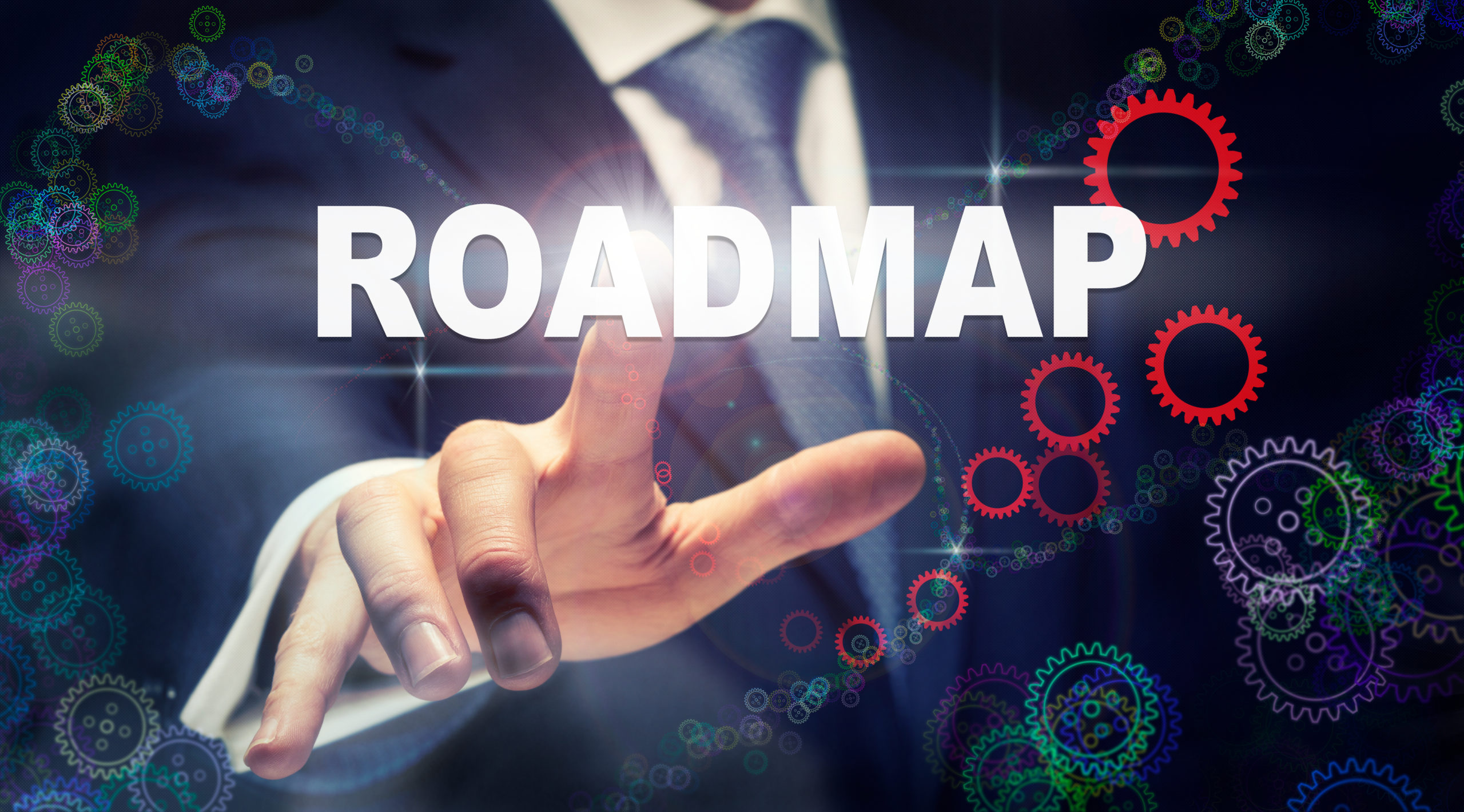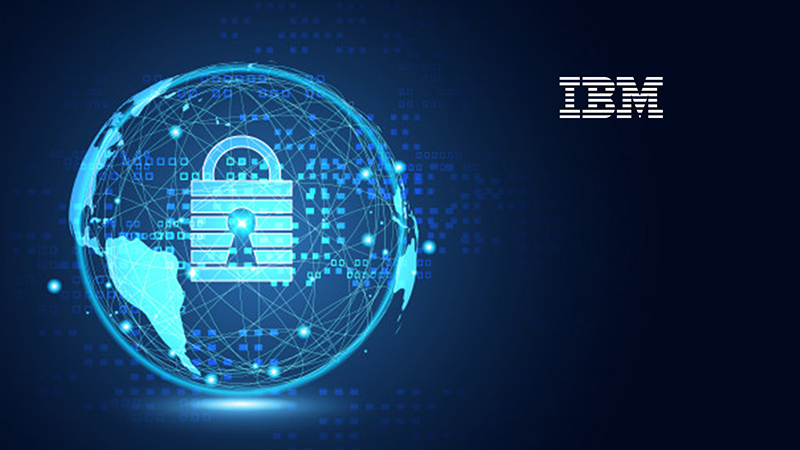The TxMQ Approach
Migrating or Upgrading Enterprise Technology can be a very intensive process. Whether you’re migrating from one operating environment to another, or upgrading an application to the newest version, it’s important to take the right steps to ensure it’s done correctly the first time, every time. If it isn’t done properly it will end up costing a lot more that you expected, including possible downtime and additional work for your team.
At TxMQ we approach every migration and upgrade engagement the same. We start with our Discovery process to gain a solid understanding of where you are now and what you’re hoping to get by upgrading or migrating your technology.
Typical Migrations and Upgrades Process
There are many things to consider when planning a migration from prior versions, to more current versions. Below is a representation of how we typically approach a clients Migration or Upgrade.

TxMQ Migration Roadmap
TxMQ Migration Roadmap
Primary factors impacting migrations are versions involved, and the amount of changes introduced in and between those versions. For customers more than n-3 versions back, multiple migrations are required, since migration tools only support n-3 migrations. Among the most critical steps is the choice of versions to migrate to. As expected, the right answer is “It depends”. Considerations include End of Support dates, stability/maturity in life cycle of product/version release, JEE/JDK levels relative to targeted versions. As well, desired features in the app server play a role, as do versions supported by any vendors involved. There is, in short, no default best answer.
WebSphere Application Server Migrations and Upgrades
Information on WebSphere Application Server (WAS) Migrations and Upgrades
TxMQ offers to work with our customers through IBM’s WebSphere Migration Toolkit. This is a set of tools that helps us with some critical components of the migration itself.
We work with our customers to identify the Java EE technologies used by their platform. Are there deprecated Java EE technologies? Will some/all/none of the applications run in cloud environments? What changes to applications will be needed for successful migration (if any). In truth, we spend a fair amount of time focusing on Java applications.
There are quick initial detailed analysis snapshots available using the binary scanner command line tool. This is ideal for quick evaluation, developers not using Eclipse based IDEs, and access to overview for any possible migration issues.
Are you Running a Version Out of Support?
From time to time IBM retires version of their software because they are unable to support all of the versions simultaneously. This has often been an issue with many of our clients as they don’t feel the need to upgrade from an older version because everything is working just fine. As they say “If it ain’t’ broke, don’t fix it”.
The concern with this approach is you run the risk of security and performance issues. If you’re currently running an outdated version of IBM MQ or WAS, reach out to us to speak to an expert on your migration, upgrade, and back-level support options.
IBM MQ and WebSphere Services
IBM MQ is one of the most trusted message-oriented middleware products available today. MQ runs some of the most critical applications on the market within highly regulated industries ranging from Healthcare to Banking and Finance.
Whether you’re in the cloud, on mobile, on-premises, or in the IoT, IBM MQ messaging simplifies, accelerates and facilitates security-rich data exchange.
In order for MQ to maintain these attributes, it’s important to keep it running properly. Just one small production issue can lead to big losses and unhappy customers. There could be a number of reasons why your MQ isn’t running smoothly. At TxMQ our Middleware team ensures complex and critical middle-ware components are performing at optimum levels, no matter the version, platform, or technology. Click below to learn more about our IBM MQ and WebSphere services.




